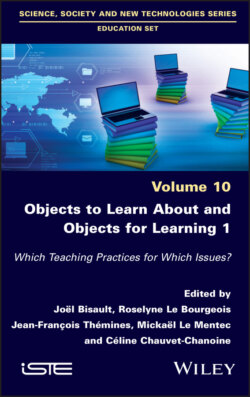Читать книгу Objects to Learn about and Objects for Learning 1 - Группа авторов - Страница 20
I.1.1. School objects
ОглавлениеThe “school form” as a particular mode of socialization (Vincent 1980; Vincent et al. 1994) favoring “the written culture” or the scriptural mode (Lahire 2008) sets standards and generates specific equipment, for example the chalkboard, school furniture – fixed at first and later mobile – grounds and equipment for individual or collective sports, classrooms for practical work with their glassware, their measuring or experimentation instruments, their machines… This category of “objects for learning” also includes many accessories which play a part or have at times played a part in pupils’ upbringing and in the discipline – in the original sense of the word – of school and of learning and in the teacher–pupil relationship, such as the dunce’s cap or other objects for corporal punishment.
In contrast to these corrective devices, more appealing objects are indications of the more play-orientated approaches of alternative pedagogies, well-illustrated by the materials devised by Froebel (1840), the father of the kindergarten. Those “Spielgaben” or “toys for active play” are also objects for learning, mainly shapes and actions in gymnastic games and songs. The advent of plastics at the very beginning of the 1960s and the strong social demand for education then legitimized these educational games, as they now are, at home and at kindergarten. Anchored in these traditions, the most recent official recommendations for kindergarten (2019) thus mention “games with various dice, lottery games, dominoes, battle games, board games or digital trail games, etc.”2
